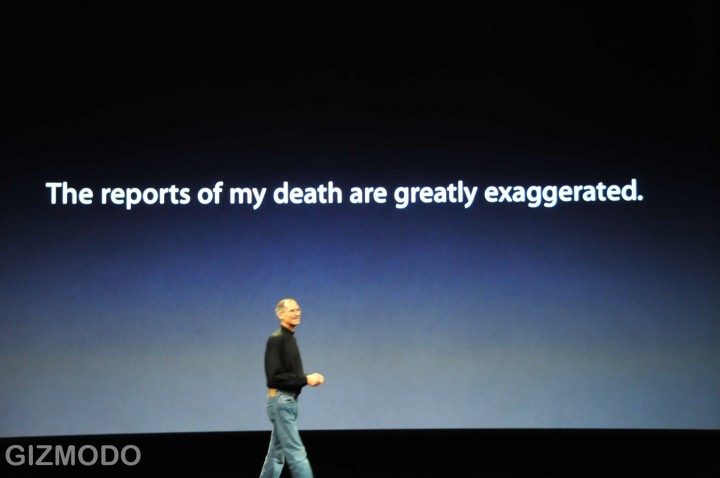The anniversary of that day always is touchy for me, even seven years in, and society-wide we seem to have a certain ambivalence about the observation. We have public dedications of memorials and moments of silence, but the moments of silence are filled with business as usual and we see the dedications on TV as we go about our daily activities. But our lives are changed nonetheless–by the friend who lost a husband, by the loss of security we all share, by the massive gravitational pull of that awful day that irrevocably altered our trajectory as a nation toward preemptive war and devaluation of civil liberties.
I wasn’t planning to write an observance at all, actually. As I wrote in 2003, I prefer to let others do the remembrance, while I “do my part by asking questions about actions taken in the names of the fallen that I believe do them no honor.” Being a citizen is still the best way, in my opinion, to honor the dead and fight those who led the attacks.
Which leads me to the reason I am writing: Steinski’s sound collage “Number Three on Flight Eleven.” A previously unreleased track collected this year on the veteran mix artist’s retrospective “What Does It All Mean?”, it takes the recorded phone call of American Airlines flight attendant Betty Ong from on board Flight 11 and sets it sparingly above an almost subliminally ominous drone and beat, and in counterpoint to another speaking voice reciting lyrics by Paul Opperman from the Silos’ “When the Telephone Rings” and poems by Basho. It’s an unsettling, frightening track and I can’t listen to it more than once in a blue moon. And yet, there’s something in the end that carries a note of redemption: a repeating coda, the voice of the American Airlines call center reassuring Betty Ong, who’s holding on the line communicating the last moments aboard the hijacked plane, repeating “Yes. We’re still here.”
We’re still here.
As John Irving, another student of violence, would have put it in The Hotel New Hampshire, the real question in this violent crime is: did they get the us in us? Did the attack violate us so deeply that it touched our core and twisted who we were? Or are we still here?
I can’t find the link, but recently read a piece by someone who was in New York when the attacks happened but didn’t own a television. When he tried to describe to people outside New York what was going on–that people seemed to be bearing up and keeping a stiff upper lip–based on what he observed in the streets, they didn’t believe him, because everyone else was scarred from watching the wounding coverage on TV over and over again. We were, in his assessment, traumatized as a nation by watching the attack so closely, and we need to acknowledge that to move on.
Yes. We’re still here.


